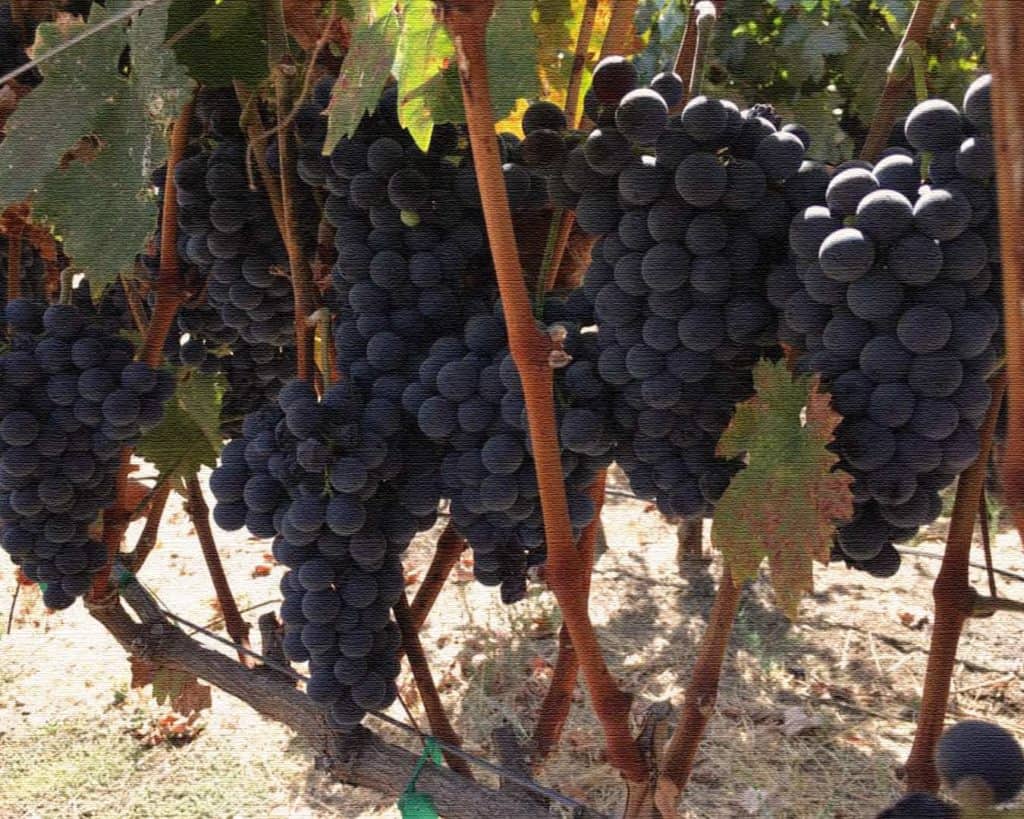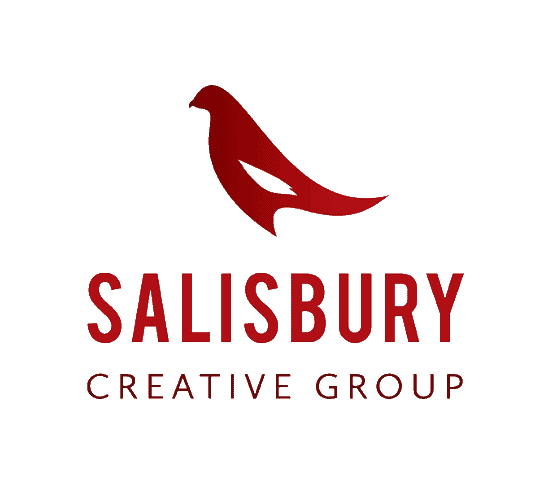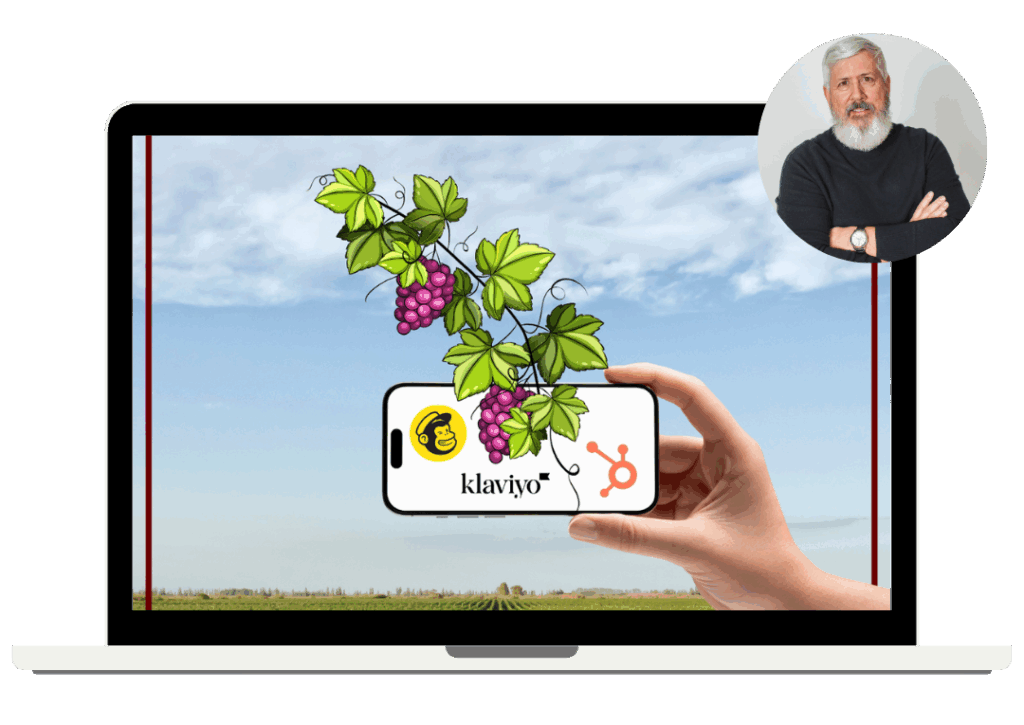
Whenever I ask owners of wineries or craft distilleries if they’re using CRM in their sales process, I get one of two answers. They either say “yes,” or they say, “what is CRM?” If you’re reading this and you have heard of CRM, it was probably in the context of direct-to-consumer sales.
No one in the wine business had heard of CRM until the law allowed us to sell wine directly to consumers. Now, DTC has become a massive part of the wine business, and you’re even starting to see a lot of spirits direct-to-consumer. Several different providers are popping up to do that. One that comes to mind is Speakeasy, which has a great program for selling direct-to-consumers for small distilleries all over America.
Most of the people who have heard of CRM think about it in the direct-to-consumer context. And while CRM is undoubtedly used in that way, what I’m talking about in this post is CRM in a B2B context — wineries and distilleries using CRM in their sales efforts for the trade (restaurants, hotels, bars, packaged stores, grocery stores). Unfortunately, you don’t see a lot of CRM best practices in the B2B world. A few years ago, I wrote an article for Wine Business Monthly called “The Evolution of CRM and its Power To Change the Wine Selling Game.” If you’re new to CRM or want to learn more, I would start with this article.
What is CRM?
CRM stands for customer relationship management. You may already be managing your customer relationships in your own way, but I suggest there’s a better way to do it. CRM is software — it’s usually cloud-based and mobile-friendly. It’s not just software, though; it’s also a disciplined best practice for managing the customer journey; and a way of operating your business. Business moves so fast, and it’s so competitive. You must leverage technology. You must leverage the ability to capture and recall information that is going to improve the customer experience. Any time you improve the customer experience, you are going to sell more products.
There are several CRM solutions that are created specifically for the wine, spirits, and beer space. My purpose here is not to conduct a review of each option; I’m just going to run through them. You’re welcome to check them out yourself; if you do want some help with the pros and cons of each, reach out to me.
I hosted a CRM Masterclass for wineries and distilleries in September 2022 where I shared insights to make your CRM work for your brand while sharing helpful features of different industry-specific CRM systems. Click here to watch the FREE masterclass!
Some Options for CRM
GreatVines is built on the Salesforce platform. I use Salesforce in my own business, and I’m a huge fan of it. Salesforce (and anything built on it) is one of the more expensive options, but I believe there’s a reason they have such a vast market share — it’s just a great tool. If you don’t know about GreatVines, you should check them out.
Probably the second most widely used CRM in the wine and spirits business is the suite of tools from VIP. Their CRM tool is called KARMA. And then there’s a bunch of smaller, newer CRM solutions. One that I have seen clients use that I like a lot is called VinoSmith.
Another newer one is called LiquidVine. You’re going to be hearing more about them in the future — specifically for the wine business. And Fintech recently purchased LilyPad. LilyPad is one of the more well-known CRM platforms. That’s another one that’s going to be coming into the wine and spirits space.
There are a lot of other more affordable CRM products that are used across a lot of different consumer product industries, but I am a fan of the ones that are built specifically for the wine and spirits business. You can purchase them, use them right off the shelf, and start having success right away.
Revolving Around Customers
It’s important that you don’t confuse CRM with depletion and reporting tools or other types of business analytics. They often go hand in hand, and many tools will do both — GreatVines and VIP suite of tools both do. But don’t confuse the reporting capabilities and the analytics with CRM. CRM and the best practices for it are pretty distinct. It all revolves around the customer: information about accounts, contacts, information about activities, goals, surveys, follow-up, etc. There’s a lot to the CRM game.
I would ask you to take a serious look at how you’re managing information about customers now — both the accounts and the contacts that work there. If you’re not using a CRM, most likely you’re using a combination of the address book in your email software (Gmail, Outlook, etc.), and/or some kind of spreadsheet, and/or some other internal reporting tools.
You sure shouldn’t be trusting anything to your memory. Maybe some of you are writing stuff down in a paper diary or a paper journal. While there’s certainly some value in writing it down, the ability to recall it when you need it on the go is extremely limited by that. I want to invite you to consider there’s a much better way to manage all of this.
Stand Out or Fall Behind
CRM can be very intimidating at first. The user interface is often a little bit overwhelming, but I want to encourage you to push through that because the rewards of using a cloud-based, mobile-friendly CRM are so worth the extra effort of the learning curve. I have news for you — we’re halfway through 2021. I believe in the next couple of years, there will be a significant separation in terms of the effectiveness of sales teams:
1. Those that can leverage technology and all the best practices that go with them
2. Those that will continue to stick with what’s always worked (spreadsheets, contact lists inside your email account, and your little black book that has all the various pieces of data)
This great separation will really make a difference in who’s going to win and who’s going to lose in this highly competitive environment. Now is a great time to assess your current suite of tools. And if you’re not using CRM, the first step is to learn more about it. I would suggest you commit to implementing CRM this year or, at the very least, make it a goal to find out more about it.
Why am I such a big fan of CRM?
I like to get better sales results. I want to improve my sales results constantly. If you begin with the end in mind, this should be the reason you move towards CRM — to get better sales results.
People tell me all the time that it sounds very complicated and expensive and that they’re not sure the ROI is there. Personally, I have a lot of trouble with that. If you’re happy with the level of sales you’re getting and you’re satisfied with the quality of distribution, maybe you can get by without CRM. But I don’t meet a lot of wineries and distilleries that fit that description.
The Basics
In a CRM system, everything revolves around accounts. You have a list of all accounts — both current customers and prospects, any account at any stage in your “pipeline.” There are all kinds of different stages that people are in when it comes to being an account of yours. But you get to keep track of that in a CRM system.
Inside every account is a list of contacts, and it’s the information about the contacts that can make a big difference over time in your ability to convert these people to customers. There is no limit to the number of data points and attributes you can collect about your accounts and contacts.
Examples
I have spoken before about how there’s a lot of volume to be had in high-volume restaurants that have outdoor seating, private dining space — restaurants that are really, really busy. If you make a placement there, you’re going to get a lot more sales per point of distribution. A higher velocity than you would in just an average account.
In a CRM system, you can identify these accounts that have specific attributes. You can filter for all the accounts that have outdoor seating. Maybe those are the accounts you’ll target for your new Rose coming out in the spring. Or perhaps you’ll filter for all the restaurants that overlook some body of water (like an oceanfront or lakefront), then you can go after those guys in the summer.
You can filter for all the restaurants with a really robust happy hour, or brunch business, or wines on tap, or wines that are expensive, or wines sold out of some kind of wine preservation system like a Cruvinet or a Repour wine server. There’s no limit to the number of attributes you can associate with an account. You do it electronically, and it’s there forever. Then, when you call up the account on your phone, you can see all these attributes.
It’s the same thing with your contacts. Imagine being able to keep track of all kinds of data points around contacts! Where did they go to school? What are their influences? What levels of certification do they have? Who’s their boss? Where did they work before? Have I met them at an event? Where did I find this person? All those details add up over time in your ability to sell. Using CRM is all about cultivating a relationship with accounts and contacts so that you can do a better job of doing business with them.
The Customer Journey
The days of cold calling as many accounts as you can are over. That is not a very wise strategy. In your CRM system, you also have the ability to manage what we call the opportunity pipeline. You have accounts that you’re targeting, eventually becoming prospects, and as you learn more about them, you convert those prospects to existing customers. Managing that customer journey across the spectrum is where CRM returns on its investment.
Let’s say you go to a trade show, and among the many people you interact with, there are three or four that you’re pretty sure are serious about wanting to do business with you, so you’d like to follow up with them. If they’re not doing business with you now, we consider that to be a lead.
You put them into your CRM system, enter a few notes about your conversation, and you can follow that customer along the journey until they finally become a customer. Once they become customers, you now know what products they’re purchasing, how often they purchase them, and in what quantities. And that all makes it easier for you to approach them with some other products from your portfolio.
Recording Sales Calls
I have seen many different salespeople. I’ve been a salesperson, and I’ve led salespeople; they all have good intentions. In the meeting with the client, when you’re in the moment, you tend to say a lot of things. A lot of those things are stuff you’re going to do, stuff you’re going to follow up on. I don’t have any empirical statistics on this, just anecdotal evidence from doing it for thirty-five years.
But most people suck at follow-up. If you talk to customers about their favorite salesperson, they almost always say that what they like about that salesperson is their follow-up. They always do what they say they’re going to do. They keep their promises. There’s no better way to succeed in selling than keeping the promises and honoring the commitments you’ve made. The best way that I’ve found to do that is when the meeting is over, take out your phone, go to that account, and just type (or use a voice to text), and capture everything you can remember from that meeting. If you do that for every single account you call on, you will be so successful. You’re going to need a second bank to hold all of your money.
Don’t Be a Dummy
Now, this isn’t meant to be a training session on how to use CRM. It’s intended to expand your mind into thinking, “Hey, if I’m not using a system like this, I need to take an earnest look at it.” I thought about calling this post “CRM for Dummies,” but then I got to thinking, “You know what? CRM is not for dummies.” If you want to separate yourself from the pack of dummies and move into the group doing robust business, CRM is for you.
Everybody carries around a smartphone, and there’s a reason it’s called a smartphone — because the thing can do anything. Well, CRM is like that too. As long as I have my phone, I can click on my Salesforce app. I have every account that I do business with in there. I have all the details about all the conversations and meetings I’ve had right here on my phone. It’s with me all the time.
I don’t know how you could live with using paper diaries and keeping all of your contacts in the contact log of your email service provider. There’s a better way. I could go on and on and talk a lot more to you about all the many things that CRM systems can do.
One of the most significant objections I hear about using CRM is that it’s too “big brother-ish.” People say they don’t need someone to hold them accountable or look over their shoulders. Forget about that. That is a dumb way of looking at it. Do it for yourself. Keep excellent track of your account calls and your sales calls. Most salespeople get some form of bonus or commission. Don’t you want to make more? Well, I promise you, there’s a direct correlation between how well you follow up and how much money you make. So, if that doesn’t convince you to look more deeply at CRM, I don’t know what will.
CRM is not for dummies. CRM is for smart people who want to get better sales results. If you are not using it now, step one is to learn more about it. I have a lot of information across videos and blog posts, and of course, you can always reach out to me personally.
And if you’re an owner of a business or a leader of the sales team, and you’re not using this, you owe it to yourself to look more deeply at the various options, how these things are being used. And to everyone watching the video below, one final piece of advice. Do not listen to people who say, “It’s too complicated, it’s too expensive, it’s too big brother-ish.” THOSE people are the dummies!





